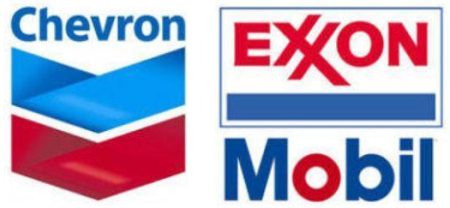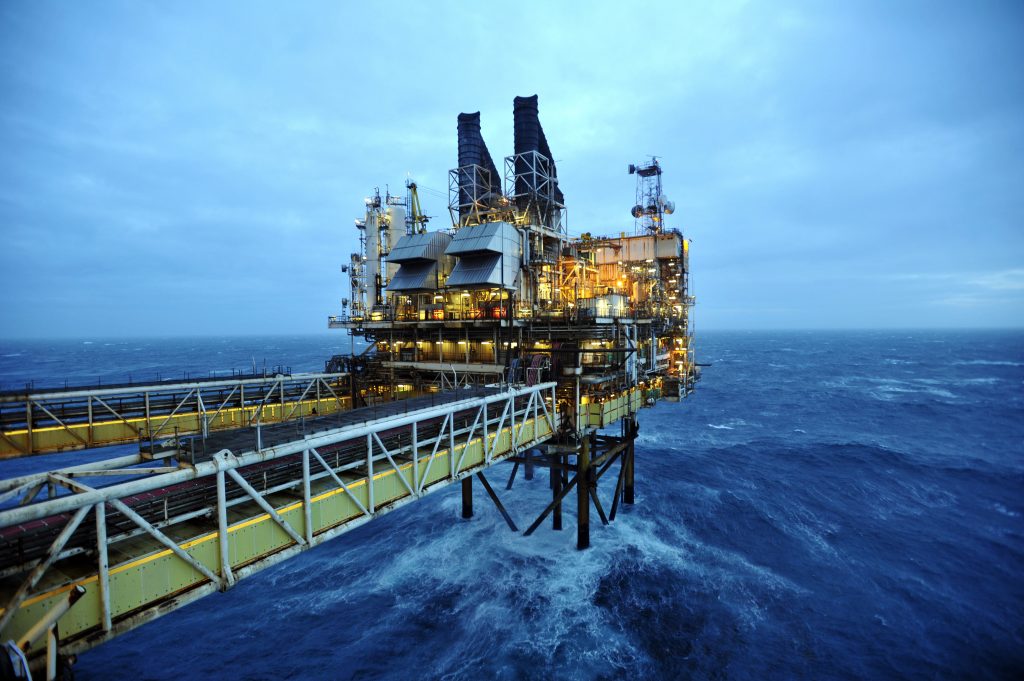
24 September 2018, Singapore — World oil demand will peak at 104.4 million barrels per day (bpd) in the mid-2030s, up from just below 100 million bpd currently, as new technologies gradually eat into oil use, China’s Unipec said on Monday.
Improved energy efficiency and technological changes, including the rise of renewables, meant global oil demand growth would slow in coming years before peaking in 2035, Unipec President Chen Bo told the annual Asia Pacific Petroleum Conference (APPEC).
This in turn will slow growth in global oil refining capacity, which is set to hit 5.6 billion tonnes per year in 2035, he said.
“We believe 2018-2035 will be the last cycle of global refining capacity expansion. After 2035, it is difficult to see large-scale refining projects in construction, except for some small upgrade projects and petrochemical projects,” said Chen.
Unipec is the trading arm of Asia’s largest refiner Sinopec.
The switch to cleaner fuels will also boost global demand for liquefied natural gas (LNG), particularly in the Asia Pacific, after 2025, he added.
CHINA CRUDE SUPPLIES
An escalating trade war between China, the largest energy importer, and the United States has dampened the Asian nation’s demand for U.S. crude oil and LNG
The United States exported 300,000 barrels per day (bpd) of crude oil to China in the first half of 2018, and 56 cargoes of LNG through July, or roughly 10 percent of its total LNG exports, according to official data.
Despite the trade dispute, Chen said U.S. crude supply was an important new source for Chinese refiners as it allowed diversification from Middle East and African crudes.
Trade war tensions between the two countries would last “for the time being, and in the future we’ll be active in this area,” he added.
Beijing has excluded U.S. crude imports from its tariffs list so far, but most Chinese buyers are staying away from U.S. oil as the trade war shows no signs of cooling.
Unipec resumed loading U.S. crude in September after a two-month hiatus.
The United States exported 300,000 barrels per day (bpd) of crude oil to China in the first half of 2018, and 56 cargoes of LNG through July, or roughly 10 percent of its total LNG exports, according to official data.
Despite the trade dispute, Chen said U.S. crude supply was an important new source for Chinese refiners as it allowed diversification from Middle East and African crudes.
Trade war tensions between the two countries would last “for the time being, and in the future we’ll be active in this area,” he added.
Beijing has excluded U.S. crude imports from its tariffs list so far, but most Chinese buyers are staying away from U.S. oil as the trade war shows no signs of cooling.
Unipec resumed loading U.S. crude in September after a two-month hiatus.
IRAN
China is also under pressure from the United States to reduce its Iranian oil imports as Washington aims to cut exports from OPEC’s third-largest exporter to zero to force Tehran to negotiate a nuclear treaty.
Buyers in Europe, Japan, South Korea and India have either stopped or are reducing Iranian oil imports sharply ahead of the introduction of sanctions in November.
“I expect we’ll cut a little but the volume has not been finalised,” Chen said, without giving a timeframe for the cuts.
He added that Unipec has resumed normal loadings of Saudi oil after it cut imports in May-July.
Given the current supply and demand dynamic in global markets, Chen said, crude oil prices between at $60 and $80 per barrel were normal.
- Reuters



